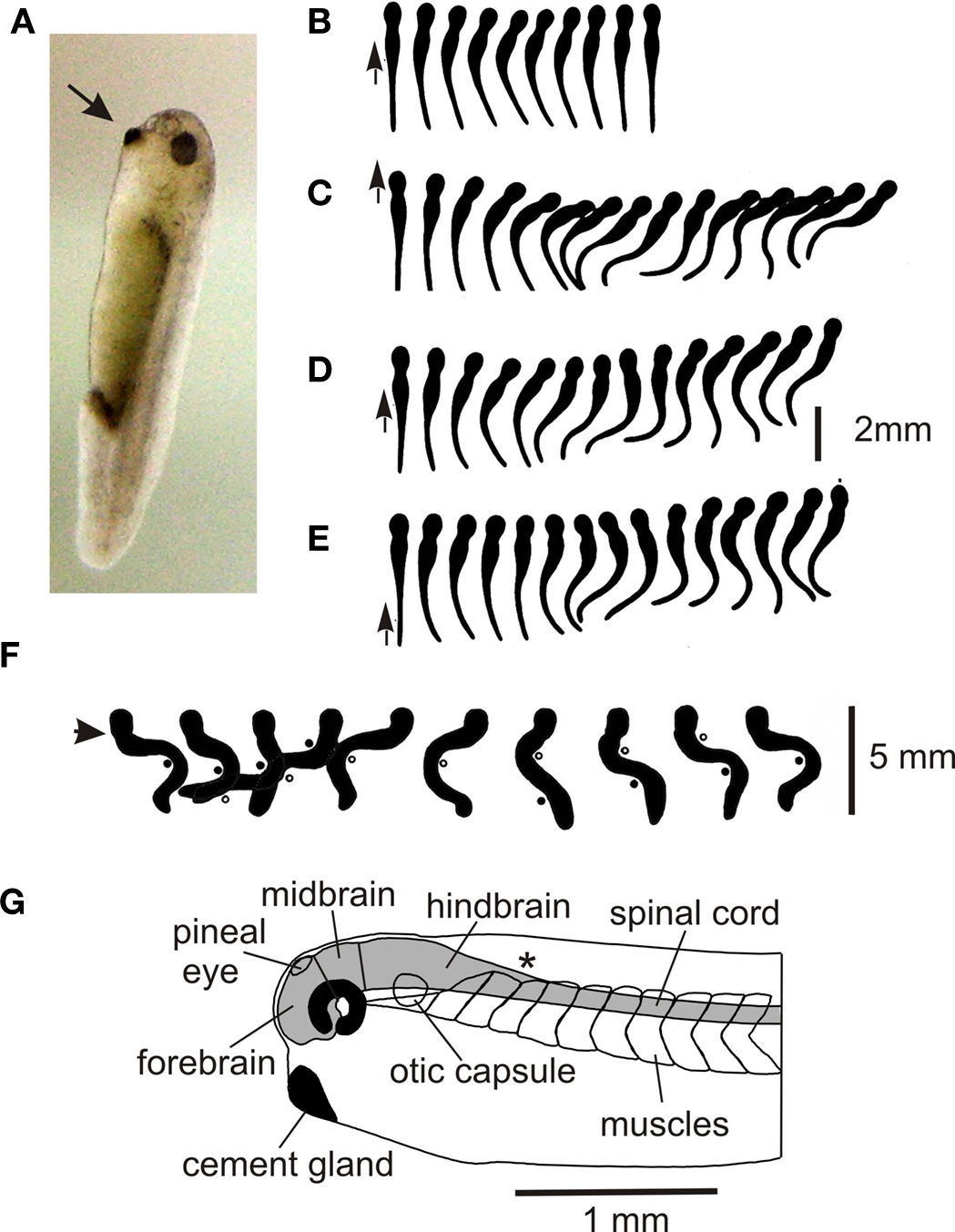Mexican spadefoot toads, Spea multiplicata, live on land but return to po..
Solution For Mexican spadefoot toads, Spea multiplicata, live on land but return to ponds to breed. Eggs are laid in water and hatch into tadpoles, which feed in ponds before developing into adults.Th
Mexican spadefoot toads, Spea multiplicata, live on land but return to ponds to breed. Eggs are laid in water and hatch into tadpoles, which feed in ponds before developing into adults.The tadpoles can be classified into two main types: omnivore-type tadpoles and carnivore-type tadpoles. Differences between the phenotypes of these two types of tadpole are related to their different feeding behaviours.∙ Omnivore-type tadpoles feed on tiny pieces of detritus (dead material from plants and animals) and algae (microscopic photosynthetic organisms) at the bottom of ponds. These tadpoles grow slowly.∙ Carnivore-type tadpoles feed on small animals in the water, such as fairy shrimp and small omnivore tadpoles. These tadpoles grow quickly.Fig. (a) shows two tadpoles of the same age, one of each type. A fairy shrimp is also shown. All three organisms are at the same distance from the camera.Between these two main types of tadpole there is a continuous range of tadpoles with intermediate body phenotypes and feeding behaviours.For any individual tadpole, regardless of age, it is possible to calculate a phenotype score depending on the features of the tadpole. A tadpole with a phenotype score close to 3 is a typical omnivore type and a tadpole with a phenotype score close to 7 is a typical carnivore type.The phenotype scores were determined for a large number of tadpoles sampled from two ponds. The availability of detritus and algae was high for one pond and low for the other pond. All other conditions in the two ponds were similar.For both ponds, phenotype scores were determined shortly after the tadpoles had hatched from eggs and ten days later.The results are shown in Fig. (b).Using the results shown in Fig. (b), describe and suggest an explanation for the change in frequency of tadpole phenotypes in the pond with low availability of detritus and algae.
Filo: The world’s only live instant tutoring app where students are connected with expert tutors in less than 60 seconds for 1-1, interactive video sessions.

Chihuahuan Desert Spadefoot - Spea multiplicata stagnalis

Mexican Spadefoot Toad (Spea multiplicata), Jason Rothmeyer

Mexican Spadefoot (Spea multiplicata) · iNaturalist
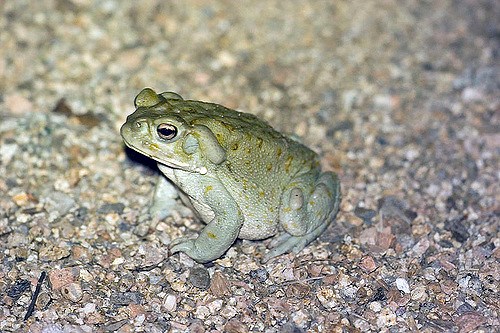
Amphibians - Saguaro National Park (U.S. National Park Service)

Mexican Spadefoot Toad (Spea multiplicata)

Mexican Spadefoot (Spea multiplicata) · iNaturalist
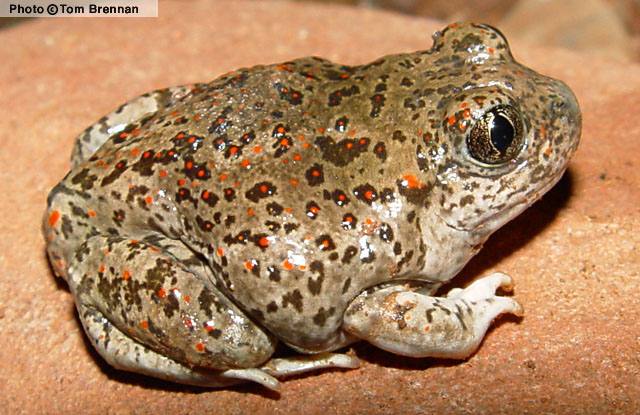
The Reptiles and Amphibians of Arizona
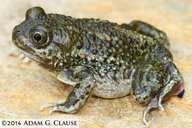
AmphibiaWeb - Spea multiplicata

New Mexico Spadefoot (Spea multiplicata) Herpedia™.com
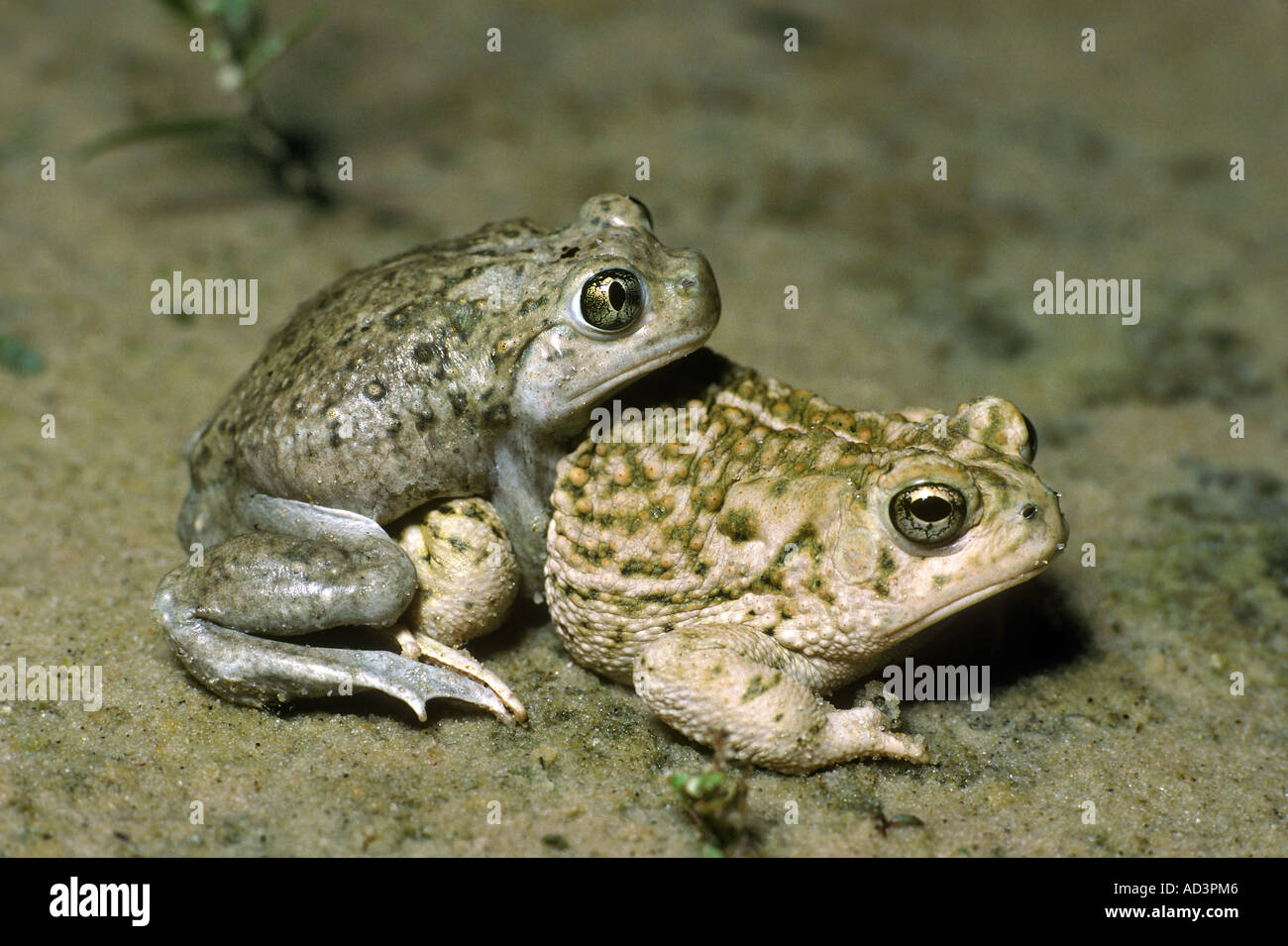
Mating Plains Spadefoot Toads, Scaphiopus bombifrons Stock Photo - Alamy
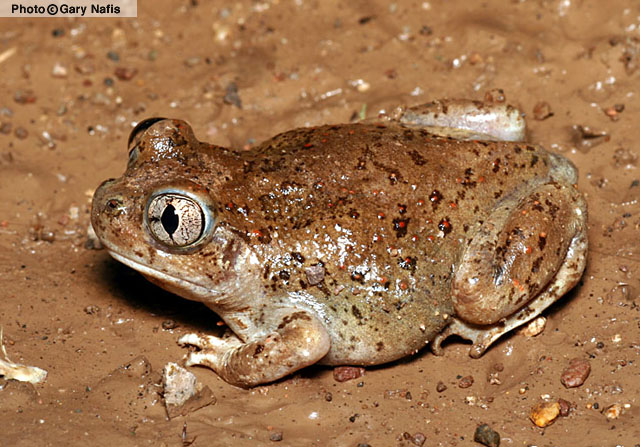
The Reptiles and Amphibians of Arizona

Plains spadefoot toad - Facts, Diet, Habitat & Pictures on
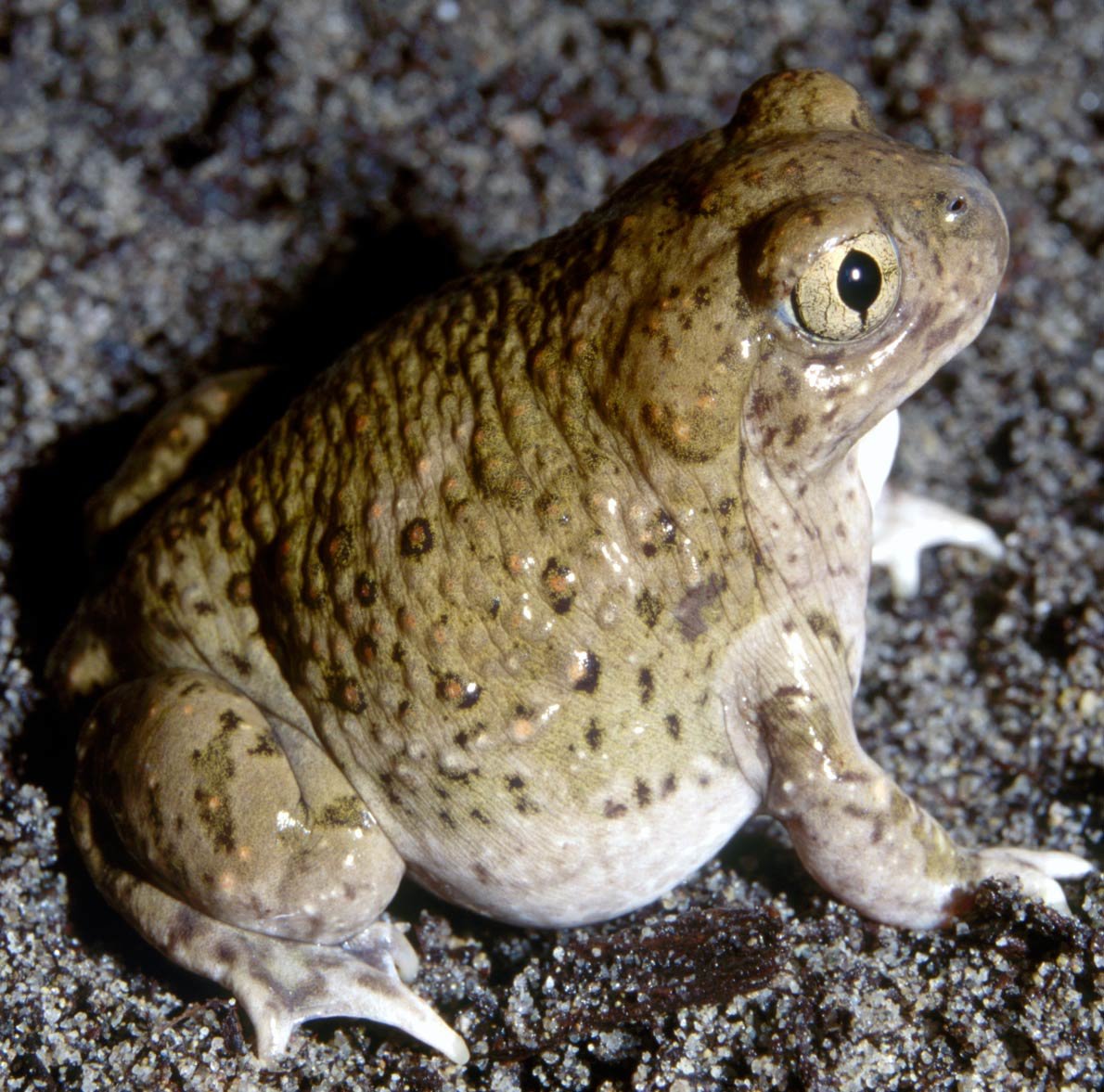
Study sheds light on relationship between environment, hormones and evolution

